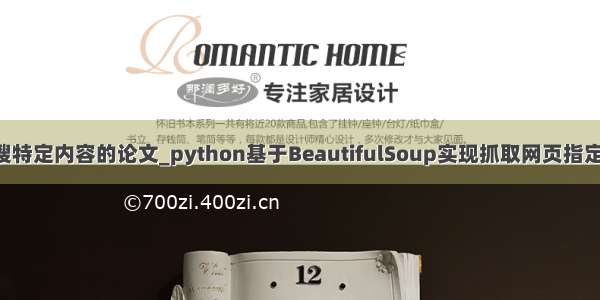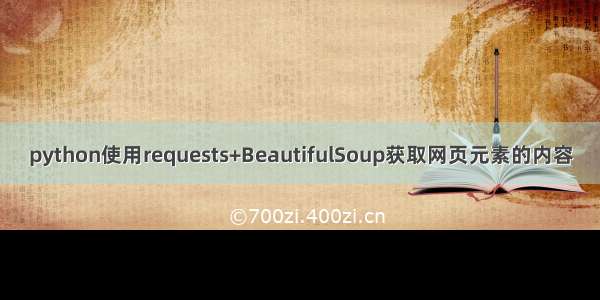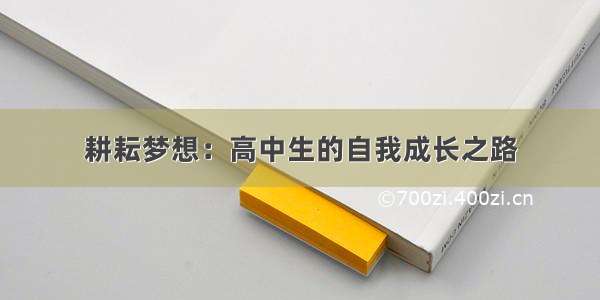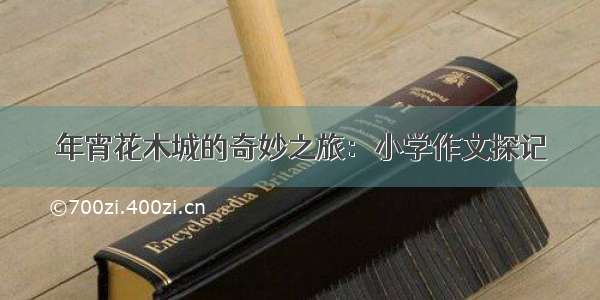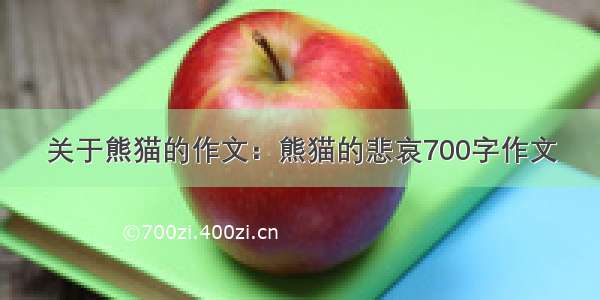
BeautifulSoup除了可以查找和定位网页内容,还可以修改网页。修改意味着可以增加或删除标签,改变标签名字,变更标签属性,改变文本内容等等。
使用修BeautifulSoup修改标签
每一个标签在BeautifulSoup里面都被当作一个标签对象,这个对象可以执行以下任务:
修改标签名
修改标签属性
增加新标签
删除存在的标签
修改标签的文本内容
修改标签的名字
只需要修改.name参数就可以修改标签名字。
producer_entries.name="div"怎么办嘛
你咋这么说
修改标签的属性
修改标签的属性如class,id,style等。因为属性以字典形式储存,所以改变标签属性就是简单的处理Python的字典。
更新已经存在属性的标签
可以参照如下代码:
producer_entries['id']="producers_new_value"
为一个标签增加一个新的属性
比如一个标签没有class属性,那么可以参照如下代码增加class属性,
producer_entries['class']='newclass'
删除标签属性
使用del操作符,示例如下:
delproducer_entries['class']
增加一个新的标签
BeautifulSoup有new_tag()方法来创造一个新的标签。然后可以使用append(),insert(),insert_after()或者insert_before()等方法来对新标签进行插入。
增加一个新生产者,使用new_tag()然后append()
参照前面例子,生产者除了plants和alage外,我们现在添加一个phytoplankton.首先,需要先创造一个li标签。
用new_tag()创建一个新标签
new_tag()方法只能用于BeautifulSoup对象。现在创建一个li对象。
soup=BeautifulSoup(html_markup,"lxml")
new_li_tag=soup.new_tag("li")
new_tag()对象必须的参数是标签名,其他标签属性参数或其他参数都是可选参数。举例:
new_atag=soup.new_tag("a",href="")
new_li_tag.attrs={'class':'producerlist'}
使用append()方法添加新标签
append()方法添加新标签于,contents之后,就跟python列表方法append()一样。
producer_entries=soup.ul
producer_entries.append(new_li_tag)
li标签是ul标签的子代,添加新标签后的输出结果。
plants
100000
algae
100000
s
使用insert()向li标签中添加新的div标签
append()在.contents之后添加新标签,而insert()却不是如此。我们需要指定插入的位置。就跟python中的Insert()方法一样。
new_div_name_tag=soup.new_tag("div")
new_div_name_tag["class"]="name"
new_div_number_tag=soup.new_tag("div")
new_div_number_tag["class"]="number"
先是创建两个div标签
new_li_tag.insert(0,new_div_name_tag)
new_li_tag.insert(1,new_div_number_tag)
print(new_li_tag.prettify())
然后进行插入,输出效果如下:
改变字符串内容
在上面例子中,只是添加了标签,但标签中却没有内容,如果想添加内容的话,BeautifulSoup也可以做到。
使用.string修改字符串内容
比如:
new_div_name_tag.string="phytoplankton"
print(producer_entries.prettify())
输出如下:
plants
100000
algae
100000
phytoplankton
使用.append/(),insert(),和new_string()添加字符串
使用append()和insert()的效果就跟用在添加新标签中一样。比如:
new_div_name_tag.append("producer")
print(soup.prettify())
输出:
plants
100000
algae
100000
phytoplankton
producer
还有一个new_string()方法,
new_string_toappend=soup.new_string("producer")
new_div_name_tag.append(new_string_toappend)
从网页中删除一个标签
删除标签的方法有decomose()和extract()方法
使用decompose()删除生产者
我们现在移去class="name"属性的div标签,使用decompose()方法。
third_producer=soup.find_all("li")[2]
div_name=third_producer.div
div_name.decompose()
print(third_producer.prettify())
输出:
10000
decompose()方法会移去标签及标签的子代。
使用extract()删除生产者
extract()用于删除一个HTMNL文档中昂的标签或者字符串,另外,它还返回一个被删除掉的标签或字符串的句柄。不同于decompose(),extract也可以用于字符串。
third_producer_removed=third_producer.extract()
print(soup.prettify())
使用BeautifulSoup删除标签的内容
标签可以有一个NavigableString对象或tag对象作为子代。删除掉这些子代可以使用clear()
举例,可以移掉带有plants的div标签和 相应的class=number属性标签。
li_plants=soup.li
li_plants.clear()
输出:
可以看出跟li相关的标签内容被删除干净。
修改内容的特别函数
除了我们之前看到的那些方法,BeautifulSoup还有其他修改内容的方法。
Insert_after()和Insert_before()方法:
这两个方法用于在标签或字符串之前或之后插入标签或字符串。这个方法需要的参数只有NavigavleString和tag对象。
soup=BeautifulSoup(html_markup,"lxml")
div_number=soup.find("div",class_="number")
div_ecosystem=soup.new_tag("div")
div_ecosystem['class']="ecosystem"
div_ecosystem.append("soil")
div_number.insert_after(div_ecosystem)
print(soup.prettify())
输出:
plants
100000
soil
algae
100000
replace_with()方法:
这个方法用于用一个新的标签或字符串替代原有的标签或字符串。这个方法把一个标签对象或字符串对象作为输入。replace_with()会返回一个被替代标签或字符串的句柄。
soup=BeautifulSoup(html_markup,"lxml")
div_name=soup.div
div_name.string.replace_with("phytoplankton")
print(soup.prettify())
replace_with()同样也可以用于完全的替换掉一个标签。
wrap()和unwrap()方法:
wrap()方法用于在一个标签或字符串外包裹一个标签或字符串。比如可以用一个div标签包裹li标签里的全部内容。
li_tags=soup.find_all("li")
forliinli_tags:
new_divtag=soup.new_tag("div")
li.wrap(new_divtag)
print(soup.prettify())
而unwrap()就跟wrap()做的事情相反。unwrap()和replace_with()一样会返回被替代的标签句柄。

